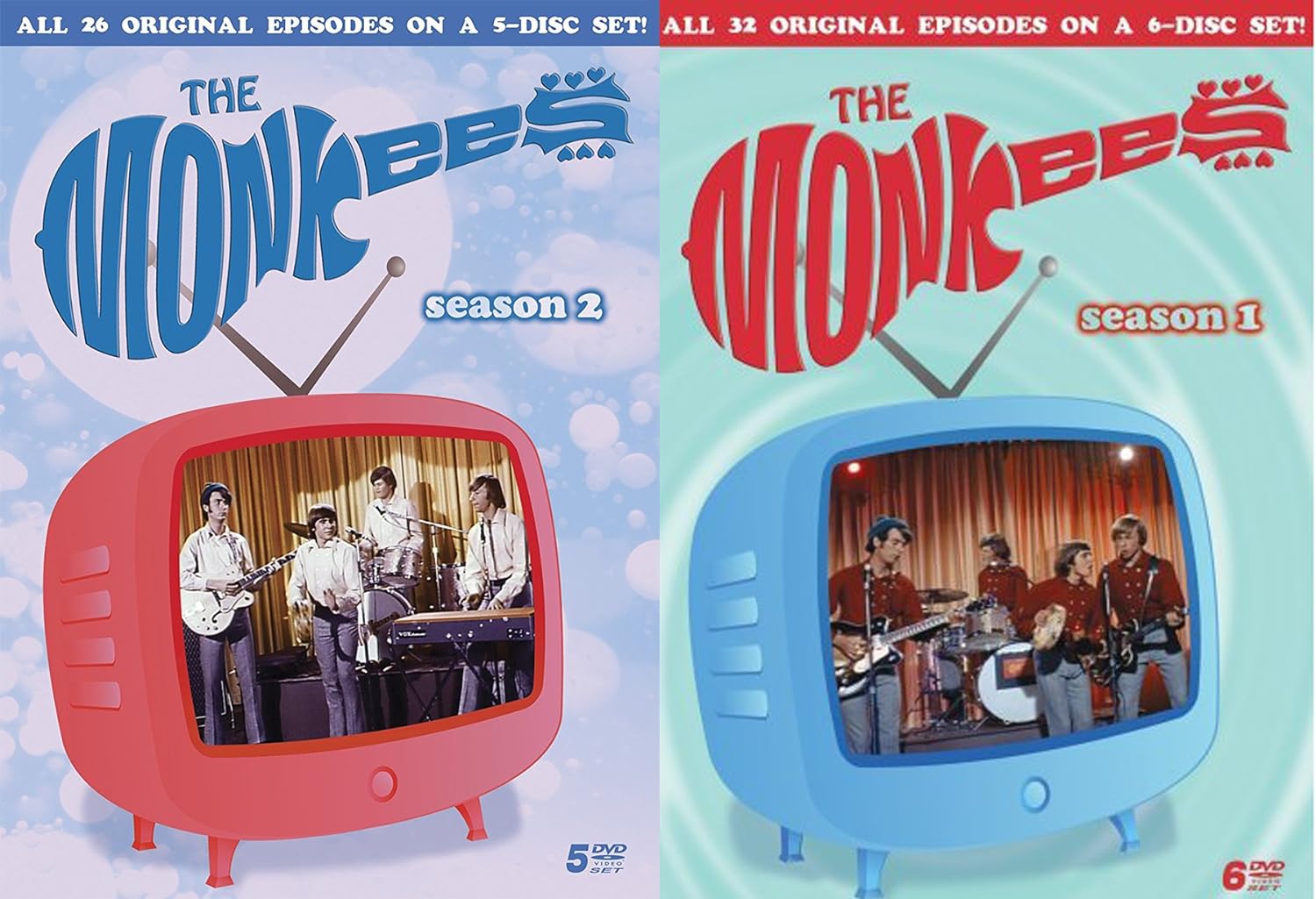
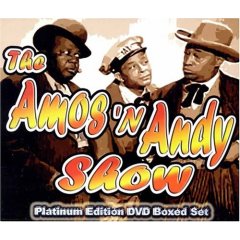
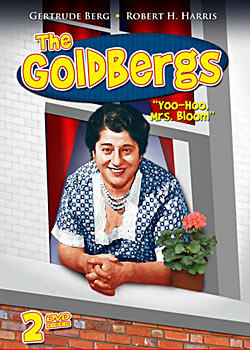
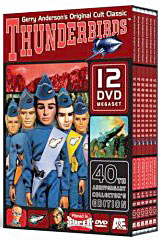
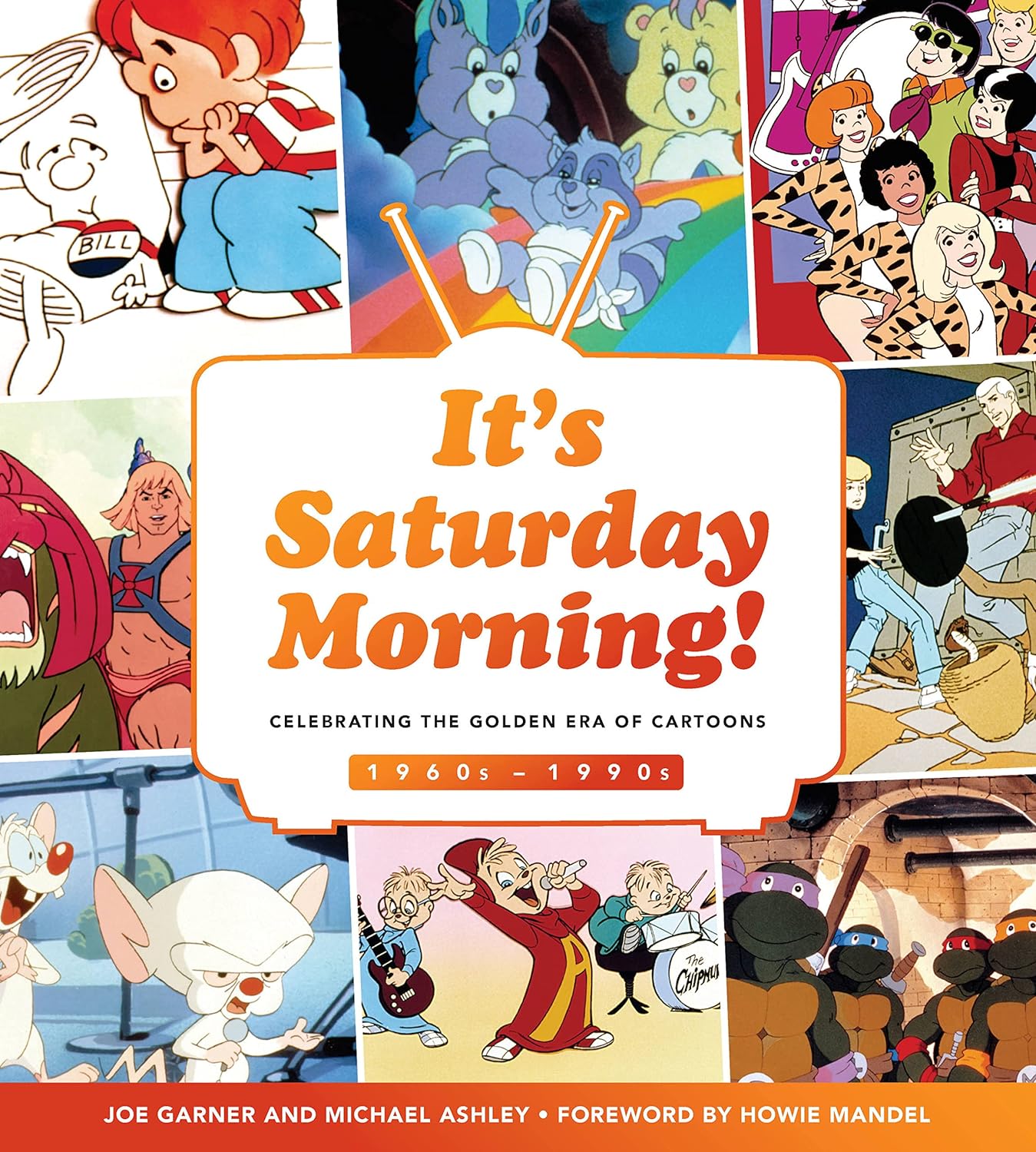
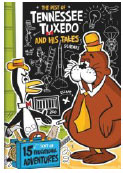
 |
 |
 |
 |
 |
 |
|
|
Amos 'n' Andy - PART FOUR by Billy Ingram
Correll and Gosden toyed with different concepts, including shooting the TV show with African-American actors and overdubbing their voices. At CBS's request, Fred De Cordova (future Tonight Show with Johnny Carson producer) filmed the first TV pilot with Correll and Gosden playing themselves as white men in addition to their roles as Kingfish, Amos and Andy in blackface. "They were heavy stockholders in CBS and decided they were interested in appearing as themselves and as Amos and Andy in a television series," Cordova stated years later. "I was selected to direct. it was stressed that the project was to be kept under wraps - no publicity at all." After filming the half-hour pilot with guest stars James Mason, Geoffery Holder and Diahann Carroll, everyone was reportedly pleased with the results. But they decided not to go forward. Fred Cordova explained that, "I was instructed to take the tape - the sole evidence of the project - proceed to the incinerator and make sure that every bit of it burned up." An extensive nationwide talent search was launched to cast the principal roles with black actors. This painstaking process lasted nearly three years, with hundreds of individual auditions held before Correll and Gosden settled on a flawless cast.
The TV cast is introduced by Freeman Gosden & Charles Correll. Esteemed stage actor Alvin Childress was cast as sensible cab driver Amos (still relegated to minor character status despite first billing in the show's title), "race movie" director/star Spencer Williams Jr. as gullible Andy and retired vaudeville legend Tim Moore as the Kingfish. The familiar African-American performers already lending their voices to the radio series were brought over to the TV version - including Ernestine Wade, Amanda Randolph, Johnnie Lee, Jester Hairston, and Roy Glenn. Horace Stewart was seen as Lightnin', a lazy, slow-talking Stephen Fetchit-type janitor - the show's most racially insensitive character.
When another call came to play the part of Lightnin' he reconsidered - reasoning the money would help him realize his lifelong dream of starting a theater featuring black actors in parts other than maids and butlers.
Scene from Amos 'n' Andy. Shot at the Hal Roach Studios in February of 1951, Amos 'n' Andy was the first CBS program to be filmed on the West Coast.
Amos 'n' Andy, the televersion, had all of the elements of an enduring classic - first-rate scripts that would rival the best episode of I Love Lucy for hilarious plot weavings along with lovable characters played with aplomb by masterful actors clearly in their element. But there was an inescapable component to Amos 'n' Andy that overshadowed the superior accomplishments of the actors and production staff - the actors were black and the year was 1951. Like most Fifties' sitcoms, Amos 'n' Andy contained broad, comic characterizations and outlandish plotlines. The stories had nothing to do with race, and on a positive note, introduced the concept of dignified black doctors, business leaders and lawyers - a first for any mass medium.
Saffire: "Here's the address, George. Mr. Baxter is holding the job open for you at the construction company. Now you go down there and get it." Kingfish: "Yeah, but honey. Shovelin' sand into a cement mixer, that ain't my line of work. You see, I'm more the executive, Dictaphone, button-pushin' type." Saffire: "You go down there and see Mr. Baxter and get that job. He's only holding it for you because he's an old friend of my family's." Kingfish: "Honey, I can't just go bustin' in there and start throwin' sand around. I got to have references and it'll probably take me two or three weeks to get somebody to referend a good word for me." Saffire: "You get over here and go. I've already told Mr. Baxter all about you." Kingfish: "And he's still willin' to hire me, huh?" Saffire: "Don't look so glum, George. You'll like your job after you get started."
Saffire: "George, you won't be there long. You'll move on to a better job." Kingfish: "Well, then it seems silly to get settled in dis one and then have to leave right away again. Why not wait 'till a better job show up?" When Kingfish finally shows up for work, it went like this: Mr. Baxter (boss): "Now this will be your job, Stevens. You shovel sand from this pile into the cement mixer." Kingfish: "Oh, dat's fine, Mr. Baxter. I'll go shop around for a shovel. I remember a pretty good shovel store up in Connecticut." Mr. Baxter: "You don't have to buy a shovel, we give you one. Now how about getting to work?" Kingfish: "Is this an all day job?" Mr. Baxter: "You'll put in a full day. Eight to five, you'll work." Kingfish: "Eight to five... what's the odds if I don't work?" Mr. Baxter: "Look Stevens, your wife told me you'd try to weasel your way out of this job but she gave me strict instructions not to let you. Are you going to start now or in the morning?" Kingfish: "Well... it's nine o clock now and you quit at five. The day pretty well shot. I'll see you in the morning."
There was no balance on TV then; civil rights leaders and the NAACP targeted Amos 'n' Andy as a twenty-five year stain that had to be removed. Ratings were strong for the first season, the thirteenth most popular TV series of the season. But because of the growing controversy, and with ratings falling during year two, sponsor Blatz Beer dropped the show after season two. CBS filmed another thirteen episodes (that were never aired during primetime) to make a more attractive syndication package.
Television Blackout
To avoid future headaches, TV producers and networks largely avoided casting African-Americans altogether from 1953 until 1968. You could count on one hand the number of African-Americans that played significant continuing roles on a TV series during that fifteen year period. CBS president William Paley wrote in his book As It Happened, "Gosden and Correll had created a warm and funny fantasy world in the listener's imagination on radio. When that world became visual, it also became concrete and literal. Amos 'n' Andy remained on radio in some form until 1960. But the television series, under attack by black leaders for its entire life, left the network after two seasons."
"As a small child in the fifties I didn't care about stereotypes and the like. All I knew was there were Blacks on television. I, and my parents, lived for the Amos 'n' Andy show. We would laugh and enjoy ourselves while it was on.
"If the show had been allowed to continue, I don't think we would have had to wait until the 1980's for a Cosby Show. How many black actors were denied a chance because black shows were seen as too risky or controversial? Sometimes, in our diligence to make things better, we actually shoot ourselves in the foot."
Another TVparty-er who was there, Chris Wood, experienced it this way, "I am a child of the economically segregated suburbs of New York City. When I was growing up in the 1950s, I watched the reruns of Amos 'n' Andy. I thought nothing about these people being foolish black stereotypes.
"Anyway, if we put aside color and look at the characters, for every negative attribute there was a corresponding white male who was portrayed the same.
"Andy - an unemployed male - Lou Costello on Abbott and Costello and Freddie on My Little Margie.
"And could you get much more foolish and condescending than the Beverly Hillbillies and their horrendous spin-offs?
"Amos 'n' Andy was a chance to see real middle class blacks in a cross section of a working class neighborhood. My parents were both born and raised in Manhattan, in fact my father was from what is now known as Spanish Harlem.
"Still, I can understand the feelings of blacks at the time. But what passes for comedy now makes one yearn for the scripts of Amos 'n' Andy."
NEXT:
PART FIVE
Amos 'n' Andy Amos 'n' Andy - the Beginning Amos 'n' Andy Radio Program Amos 'n' Andy Format Change Amos 'n' Andy TV show What Happened to the Amos 'n' Andy Cast? |
Amos
'n' Andy
Please consider a donation
so we can continue this work!
Amazon Prime - unlimited streaming PR4 & PR5 Pages for Advertising
Please consider a donation
so we can continue this work!
Amazon Prime - unlimited streaming PR4 & PR5 Pages for Advertising
|
 |
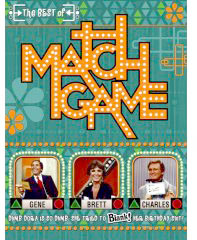 |
 |
 |
 |
 |
|
|
||||||||||||||
| Everything you're looking for is right here: Save money! |